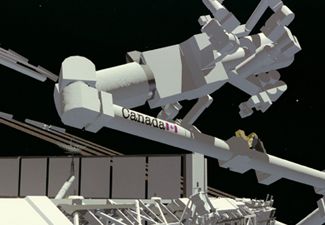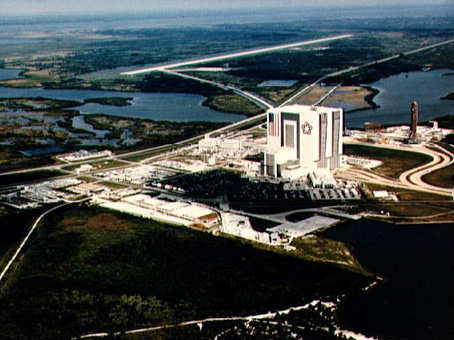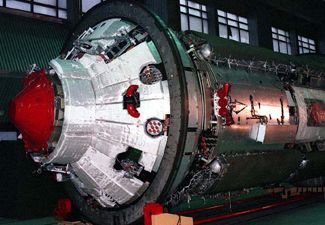
HOME
|
America, Canada and
Russia
|
In the past, America and Russia
tried to compete with each other in the "Space Race". Now they work
together and cooperate on the ISS (International Space Station).
|
CANADA
Strength: Space
robotics.
Gives: $1.2
billion for 55-foot-long mobile robot Canadarm and smaller
Canada Hand, mobile cart that moves along tracks on ISS
backbone, astronauts.
Gets: 2.3 percent
of all research space, 2.3 percent of power and crew time.
An artist's illustration
shows the Canadian mechanical arm aboard ISS, along with the
Canada Hand at the end. Both are designed to help with space
station assembly and maintenance. They would move equipment
and supplies around the station, release and capture
satellites, support astronauts working in space, and service
instruments and other payloads attached to the space
station.
|

The robotic arm made by the Canadians
|
|
AMERICA
Strength: 40 years
of putting humans into space; lots of money.
Gives: $24.7
billion for Unity connector node, Spacehab cargo module,
300-foot truss (ISS backbone), lab module, joint airlock,
propulsion module, cupola, solar arrays, X-38 crew return
vehicle, habitation module, launches, astronauts.
Gets: 100 percent
space on U.S. lab, centrifuge module, 10 U.S. attached
payload sites; 50 percent European lab and attached payload
sites; 49 percent Japanese lab, 50 percent attached payload
site; 76.6 percent of power and research crew time on
non-Russian modules.
In addition, NASA will
charge businesses $15,000/hour for astronaut time,
$10,000/pound for transport and $100/minute for data
communications services. station.
|

The launch complex at Kennedy Space Centre
|
|
RUSSIA
Strength: 40 years
of putting humans into space, master of space stations.
Gives: Difficult
to put a price tag on it, partly because much is U.S.
funded, partly because of tough economic times in the
country; Zarya control module; Zvezda service module (first
living quarters); Soyuz return capsule; two docking
compartments for Soyuz; universal docking module that
includes living quarters, docking and stowage module; two
research modules with solar arrays; launches and cosmonauts.
Gets: Keeps what
it brings &emdash; two labs, plus use of power and crew that
it provides and maintains. Benefits of any commercial
projects it develops.
The ISS control module,
also known by the technical term Functional Cargo Block,
provides the station's initial propulsion and power. The
first piece of the space station, it was launched on Nov.
20, 1998, from the Baikonur Cosmodrome, Kazakhstan, with the
name Zarya, meaning sunrise.
|

The Russian module, Zarya
|
Back to
Top


